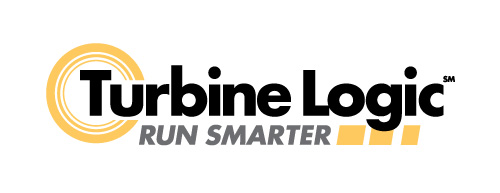Teamed up with Electric Power Research Institute (EPRI), Turbine Logic published an article titled “Using Digital Twins to Better Understand Weather Impacts on Generation Dispatch Decisions” to Power Engineering.
This article begins by introducing the uncertainty assumptions that largely impact owners and operators of asset generation on their dispatch decisions. These uncertainties are based on estimation of 1) asset performance and 2) various weather impacts on potential output of gas turbines. EPRI has been working with gas turbine owners and operators to develop a solution to improve the ease and efficiency of making dispatch decisions.
To improve gas turbine performance prediction for the modern era, EPRI and Turbine Logic have worked to leverage modern AI toolsets enabling an automated performance model that can accurately capture performance of the simple and combined cycle gas turbines. The physics-informed AI model provides good accuracy, and it is simple to be used by non-experts in engineering and AI.
Variable weather can have the largest impact on predicted performance of generation assets over the day. Having found that the forecast accuracy varies with the time of day and the number of days out from today, EPRI and Turbine Logic team suggest a series of steps to quantify the uncertainty in performance predictions of an asset. The following steps will help to improve modeling capabilities due to inaccurate weather forecasting:
- Calculate generic gas turbine trade factors
- Record weather forecast uncertainty
- Calculate the forecast uncertainty
- Calculate impact on performance
The full article can be found in Here.

